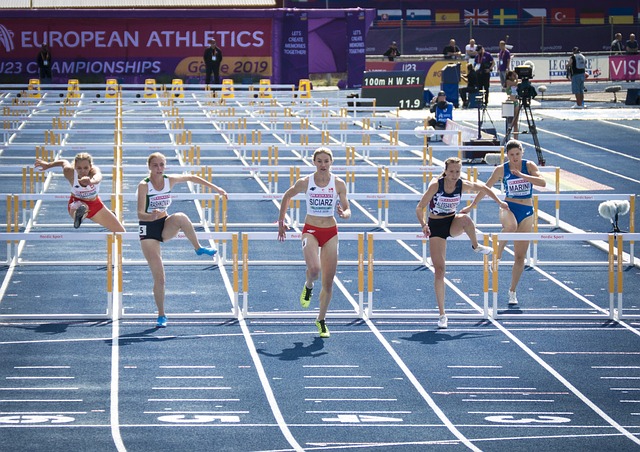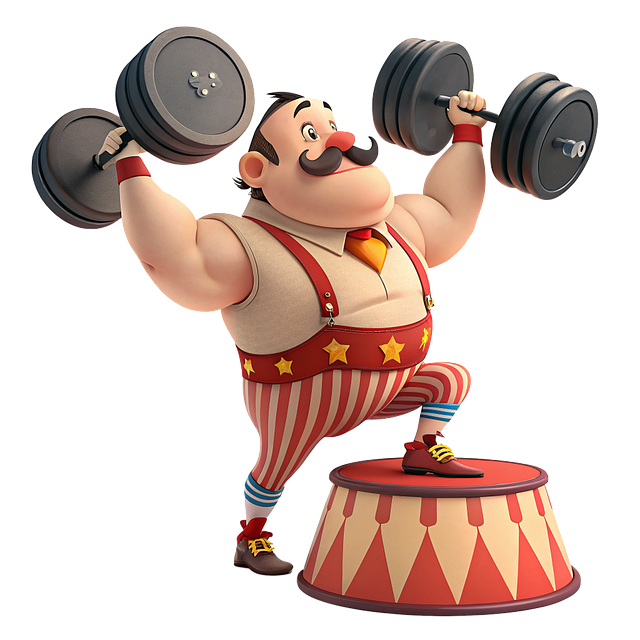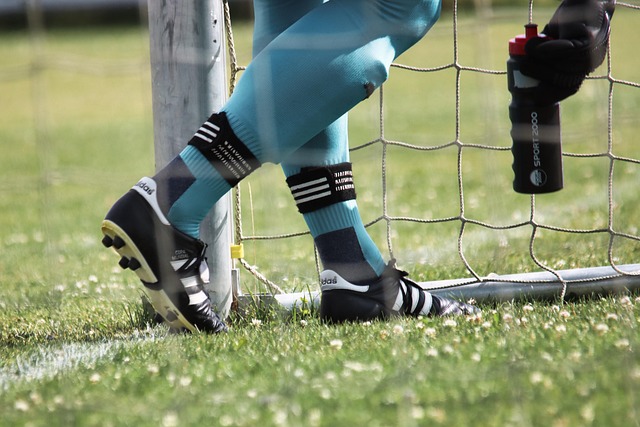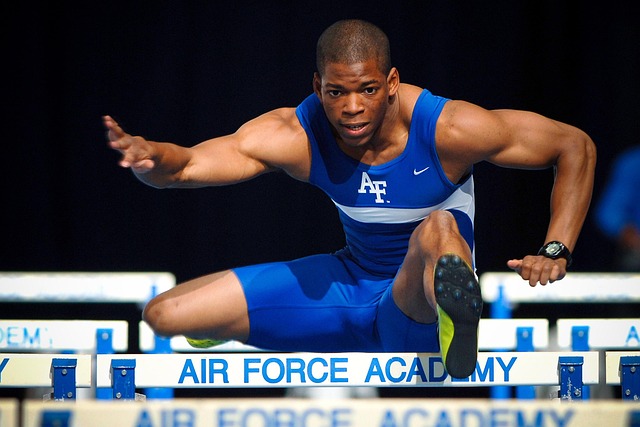Sports regenerative treatments, including platelet-rich plasma (PRP) therapy and mesenchymal stem cell infusions, offer advanced solutions for athletes' recovery and performance enhancement. These therapies target muscle soreness, micro-tears, and inflammation, promoting faster healing and reduced downtime. By personalizing treatment plans based on sport, training intensity, and physiology, athletes can achieve optimal results. Continuous monitoring and adjustments ensure the regenerative plan meets individual needs, enabling athletes to return to peak performance safely and quickly.
In the competitive world of sports, maximizing performance and minimizing downtime is paramount. This article explores how sports regenerative treatments, particularly regenerative recovery plans, can optimize athletic performance. We delve into the science behind sports-related fatigue, its impact on athletes, and the emerging role of regenerative therapies in muscle recovery. From understanding various techniques to personalizing your plan and tracking progress, discover effective strategies for a faster, healthier comeback.
- Understanding Sports-Related Fatigue and Its Impact
- The Role of Regenerative Treatments in Muscle Recovery
- Exploring Different Types of Regenerative Recovery Techniques
- Personalizing Your Sports Regenerative Plan
- Tracking Progress and Adjusting for Optimal Results
Understanding Sports-Related Fatigue and Its Impact

Sports-related fatigue is a common issue among athletes, resulting from intense physical exertion and training regimens. It can manifest as a feeling of exhaustion, decreased performance, and reduced motivation. This fatigue isn’t just about physical wear and tear; it also impacts mental alertness and overall well-being. Prolonged or unmanaged fatigue can lead to serious health risks, including increased susceptibility to injuries and impaired immune function.
Regenerative treatments in sports play a vital role in addressing this challenge. These innovative approaches, such as platelet-rich plasma (PRP) therapy and cellular therapies, focus on the body’s natural healing mechanisms. By accelerating tissue repair and reducing inflammation, sports regenerative treatments help athletes recover faster, improve performance, and minimize the risk of future injuries.
The Role of Regenerative Treatments in Muscle Recovery

Regenerative treatments have emerged as powerful tools in the realm of sports medicine, specifically for muscle recovery and performance optimization. These cutting-edge therapies focus on stimulating the body’s natural healing processes, enabling athletes to recover faster and more effectively after intense training or competitive events. By harnessing the power of cellular regeneration, these treatments can reduce muscle soreness, repair micro-tears, and enhance overall muscular resilience.
Sports regenerative treatments, such as platelet-rich plasma (PRP) therapy and mesenchymal stem cell (MSC) infusions, offer a natural and minimally invasive approach to accelerating the body’s inherent healing mechanisms. PRP, rich in growth factors, promotes tissue repair and modulates inflammation, while MSCs have been shown to differentiate into various cellular types, contributing to muscle regeneration and reducing fibrosis. These treatments provide athletes with a competitive edge by minimizing downtime and enabling them to return to their active lifestyles sooner.
Exploring Different Types of Regenerative Recovery Techniques

In the realm of sports performance, regenerative recovery plans have emerged as game-changers, revolutionizing how athletes approach post-training rehabilitation. These strategies go beyond traditional rest and go deep into the body’s natural healing processes. One of the key benefits is their ability to cater to various needs, making them versatile tools for every sport and athlete. From active recovery methods like light yoga and swimming to more advanced treatments such as platelet-rich plasma (PRP) therapy and stem cell applications, each technique offers unique advantages.
Sports regenerative treatments aim to reduce inflammation, stimulate tissue repair, and enhance overall recovery. For instance, PRP involves injecting concentrated blood components into injured areas, promoting natural healing mechanisms. Similarly, stem cell therapy introduces specialized cells that can transform into various types of tissues, fostering a more efficient repair process. These methods are particularly beneficial for persistent injuries, allowing athletes to return to their peak performance faster while minimizing the risk of future complications.
Personalizing Your Sports Regenerative Plan

Personalizing your sports regenerative plan is key to unlocking optimal performance and faster recovery times. Every athlete’s needs are unique, so tailoring a regimen that aligns with your specific sport, training intensity, and individual physiology is essential. Consider factors like the demands of your discipline—whether it’s high-impact running or intense lifting—and incorporate targeted treatments from sports regenerative therapies, such as platelet-rich plasma (PRP) or stem cell therapy.
These advanced treatments offer a natural way to accelerate tissue repair, reduce inflammation, and boost muscle regeneration. By integrating personalized strategies that include both conventional recovery methods and innovative sports regenerative treatments, athletes can achieve lasting performance enhancements while minimizing downtime.
Tracking Progress and Adjusting for Optimal Results

Effective sports regenerative treatments go beyond initial application; continuous tracking and adjustments are key to achieving optimal results. Regularly monitoring an athlete’s progress involves assessing physical performance indicators, such as strength, flexibility, and endurance, alongside subjective reports of perceived recovery and discomfort levels. This data allows for fine-tuning the regenerative plan, ensuring it remains tailored to the individual’s unique needs.
Adjustments can be made to treatment frequency, duration, or specific techniques based on these observations. For instance, if an athlete experiences rapid improvements in flexibility but persistent muscle fatigue, the focus might shift to active recovery strategies and light exercise to further enhance overall performance.
Sports-related fatigue can significantly impact performance, making it crucial to incorporate effective recovery strategies. This article has explored the power of sports regenerative treatments, from understanding muscle fatigue to personalizing recovery plans. By delving into various techniques like massage therapy, cryotherapy, and IV hydration, athletes can optimize their post-workout routines. Remember that tracking progress and customizing these methods to individual needs ensures the best possible outcomes, helping athletes achieve peak performance and faster recovery times.
